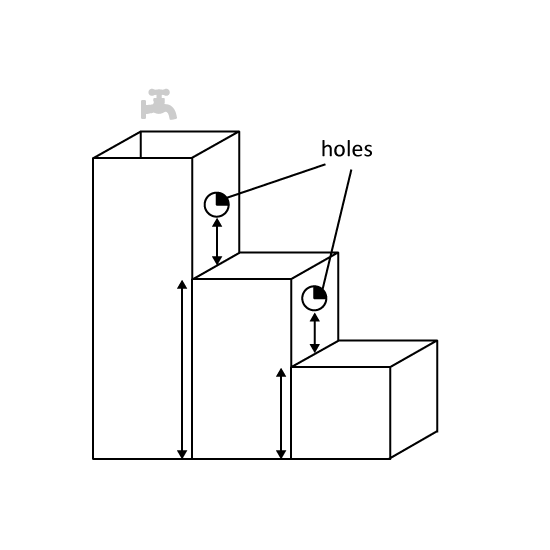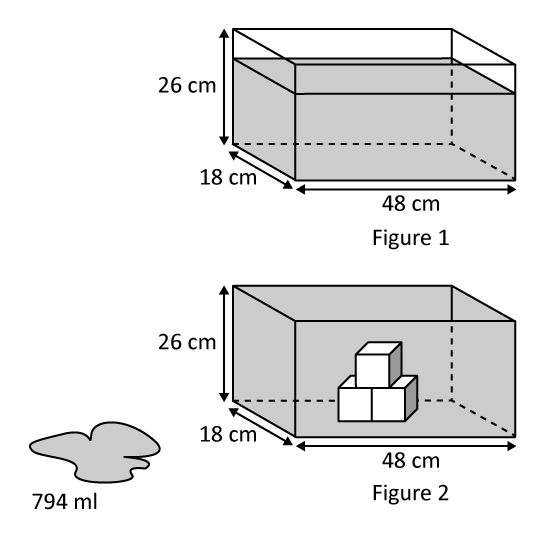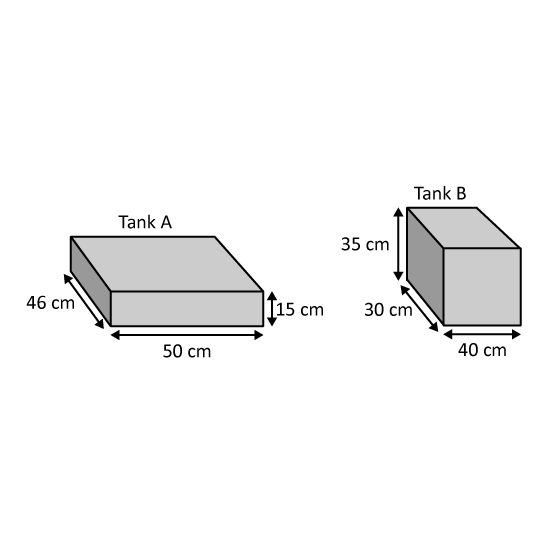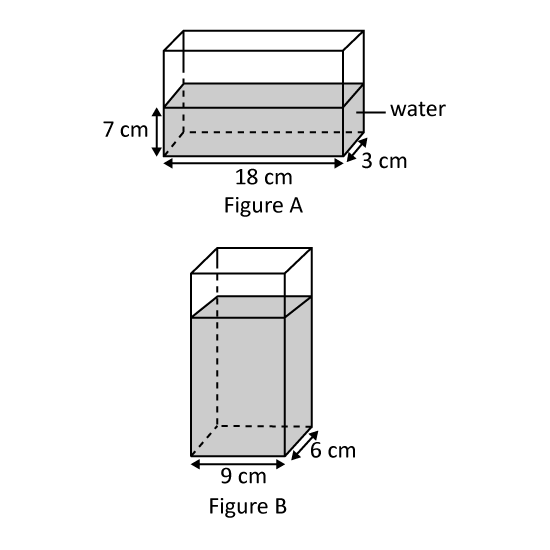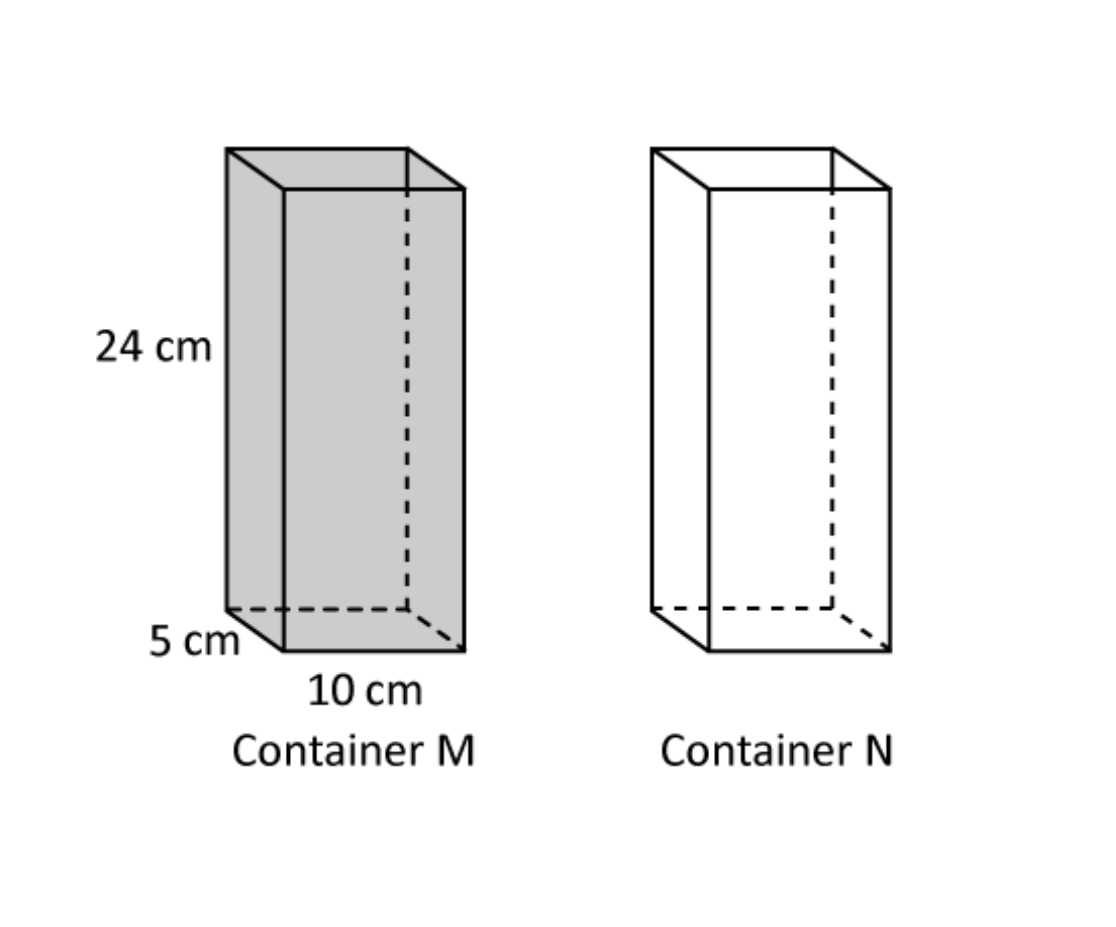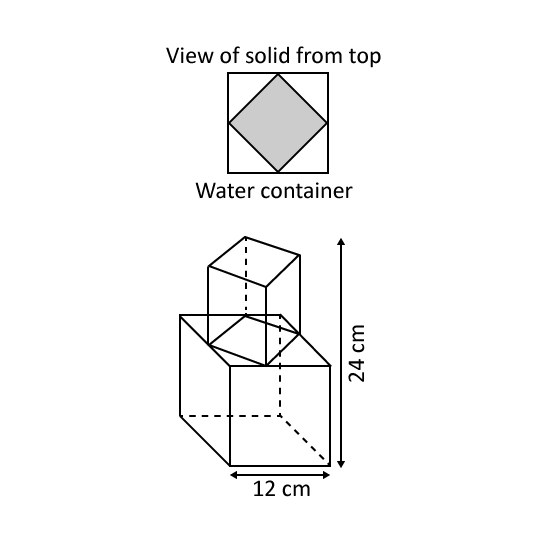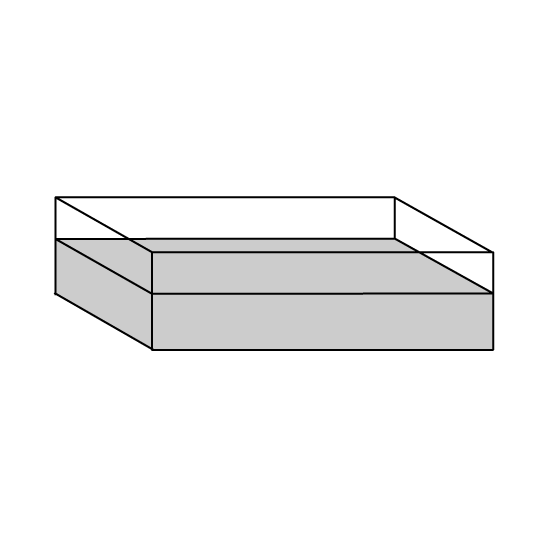Level 3
When both printers U and V are used, a collection of books can be printed in 3 hours. While printing, Printer U broke down. As a result, it took 1
13 hours to complete printing. If it would take Printer V 4 hours to print the collection alone,
- how long would it take to print the collection of books using only Printer U? Express your answer in hours.
- how long was Printer U used before it broke down? Express your answer in hours.
